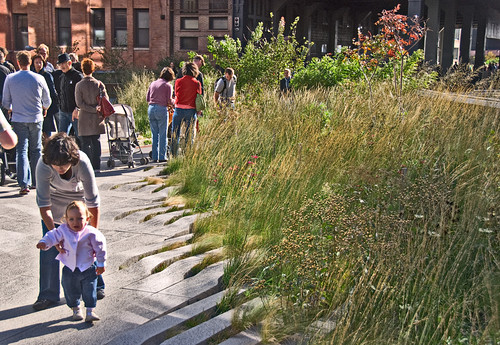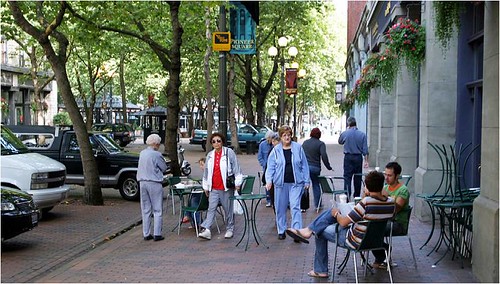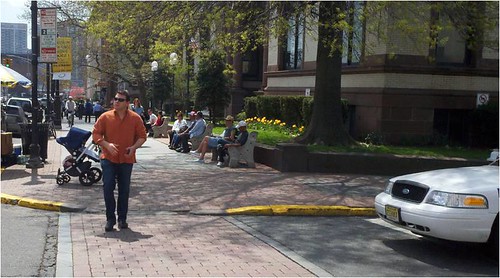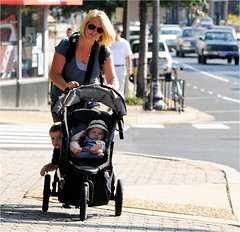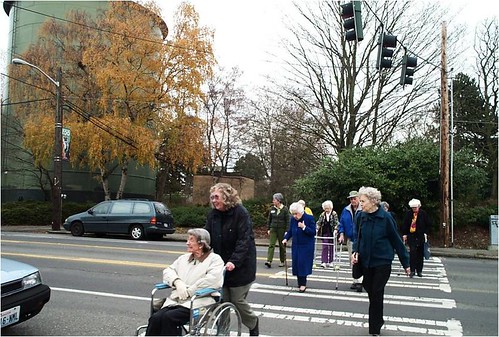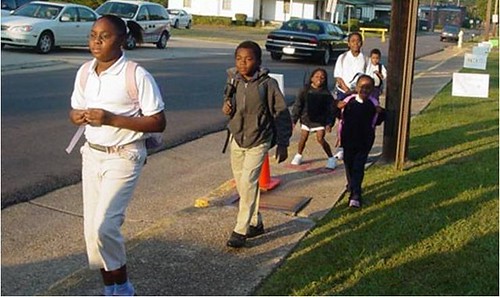11 US cities honored as "walk-friendly": Seattle ranks first

Posted May 4, 2011 at 1:29PM
After evaluating applicant communities in several categories related to walking - including safety, mobility, access and comfort - the Pedestrian and Bicycle Information Center last week announced the selection of eleven Walk Friendly Communities across the US. They are ranked in categories of achievement, as follows:
Platinum Level
Gold Level
Silver Level
Bronze
Eight additional communities received honorable mention recognition.
Walk Friendly Communities is a new, national recognition program developed to encourage towns and cities across the US to place a high priority on supporting safer walking environments. Regular readers know that I write a lot about walkability, because it expresses so many things we look for in sustainable places: health and fitness, a richness of destinations within walking distance, street connectivity, sidewalks, even a sense of community and place. A neighborhood or community whose residents, workers and visitors find it useful, convenient, safe and pleasant to walk, and do so regularly, is likely to be environmentally friendly in other ways as well.
The PBIC said in a press release that community leaders can learn best practices just by participating in the application process. Applicants use a web-based program that asks a comprehensive set of questions and provides communities with feedback and ideas for promoting pedestrian safety and activity. The questions examine engineering, education, encouragement, enforcement, evaluation and planning. The Walk Friendly Community designation, awarded from bronze to platinum and modeled after the League of American Bicyclists’ "Bicycle Friendly Communities" designations, is given to applicants “that have demonstrated a commitment to improving and sustaining walkability and pedestrian safety through comprehensive programs, plans and policies.”
I should note that the list of honorees emphasizes places that are making commendable policy efforts to encourage walking (and that applied for the recognition), rather than communities that are more organically hospitable to walking. Boston and Washington, for example, which have the nation's highest walking mode shares for commuters, are not on the list. That's OK with me - we need a program that recognizes policy.
In a document profiling the honorees, PBIC saluted top-ranking Seattle, for example, for a comprehensive set of measures that includes collecting data through biennial pedestrian counts, developing a pedestrian master plan with performance measures, giving attention to parking management, planting street trees, fostering safe routes to school, calming traffic, and more. Santa Barbara was honored for “strong connectivity policies, a model Safe Routes to School program, and its unique pedestrian-oriented ‘paseos’" (pedestrian-oriented shopping streets). Hoboken was designated for, among other things, ‘daylighting’ its intersections.
The Pedestrian and Bicycle Information Center is maintained by the University of North Carolina's Highway Safety Research Center with funding from the US Department of Transportation’s Federal Highway Administration. Officially launched in October 2010, the Walk Friendly Community program is funded by FedEx and the Federal Highway Administration.
The program is accepting applications now for its second round of awards, with the deadline for submission on June 15, 2011. Interested communities are encouraged to visit www.walkfriendly.org to learn more about the program and review the community assessment tool.
In a related matter, I just this week received multiple announcements of an online “National Walking Survey” sponsored by the organization America Walks. The survey seems a bit geared toward people who might walk for pleasure or fitness rather than for utility; only a few of the questions have to do with the built environment or the kinds of things that the Walk Friendly Communities program seeks to encourage. I might like to see, for example, “Which of the following places, if any, do you walk to on a regular basis?” or “Would you walk to the bank/restaurant/whatever if you could reach it safely within 10 minutes?” or "Is there a public park or playground near your home or job? How often do you visit it? How do you get there?"
Transportation research indicates that these factors can be hugely influential. Still, maybe the survey will elicit some useful information; go here if you would like to participate.
Move your cursor over the images for credit information.
